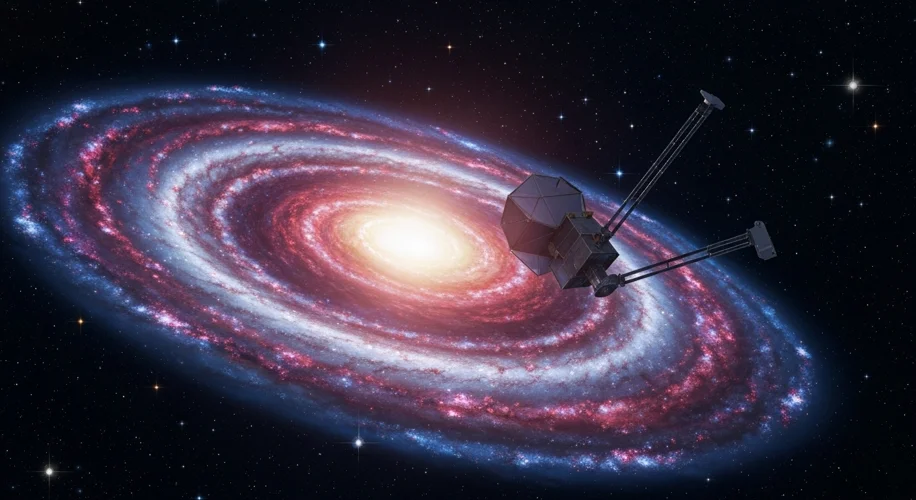Did you know that the universe, which we often think of as ancient and fully formed, actually had a ‘baby boom’ period for its supermassive black holes?
The James Webb Space Telescope (JWST) has recently made an incredible discovery: the earliest confirmed black hole ever spotted. This isn’t just another black hole; it’s a glimpse into the cosmic dawn, a time when the universe was just a fraction of its current age.
Peering Back to the Beginning
Imagine looking back in time. That’s essentially what the JWST does. It captures light that has traveled for billions of years to reach us. This particular black hole is observed as it existed when the universe was only about 400 million years old, a mere infant in cosmic terms. To put that in perspective, our sun is about 4.6 billion years old, and the universe is estimated to be around 13.8 billion years old.
This ancient black hole is located in a galaxy called GN-z11, which is about 13.4 billion light-years away. What’s truly fascinating is its size. Even at this early stage, it appears to be quite massive, with a mass about a million times that of our sun. This challenges some of our existing theories about how supermassive black holes form and grow.
How Do Black Holes Get So Big, So Fast?
For years, scientists have wondered how the supermassive black holes found at the centers of galaxies, like the one at the heart of our own Milky Way (Sagittarius A*), could have grown to be so enormous so early in the universe’s history. Did they start from larger ‘seeds’ than previously thought? Did they consume matter at an astonishing rate?
The discovery of this ancient black hole in GN-z11 provides crucial data points for these ongoing investigations. It suggests that perhaps the conditions in the very early universe were more conducive to rapid black hole growth than we had accounted for. It’s like finding the earliest possible fossil of a creature that was already quite large, forcing us to rethink its evolutionary path.
What Does This Mean for Us?
Discoveries like this are fundamental to understanding our cosmic origins. They help us piece together the story of how the universe evolved from a hot, dense state after the Big Bang to the vast, complex cosmos we see today. Understanding the formation of these foundational structures, like supermassive black holes, gives us a clearer picture of how galaxies themselves formed and evolved.
The JWST is still relatively new, and it’s already revealing secrets that were previously hidden. This earliest black hole is just one of many groundbreaking discoveries it’s expected to make, pushing the boundaries of our knowledge and bringing the distant universe into sharper focus.

